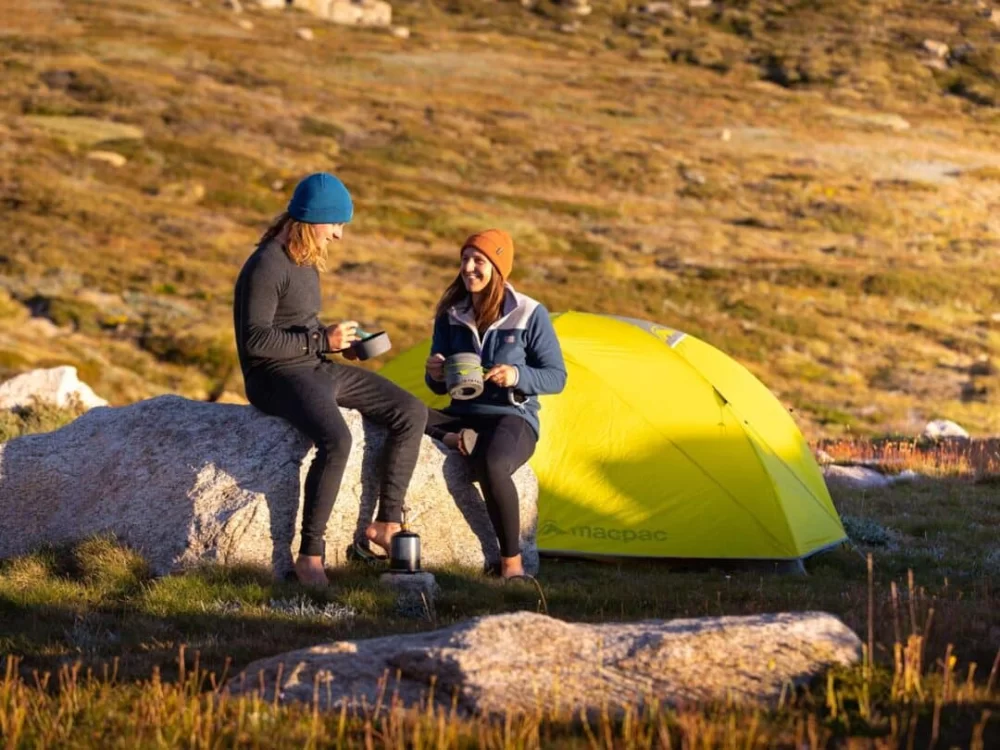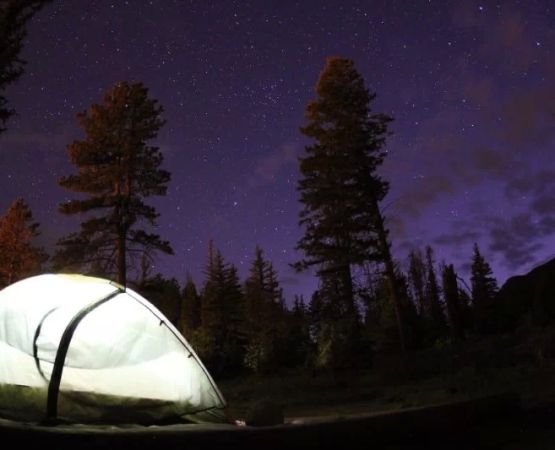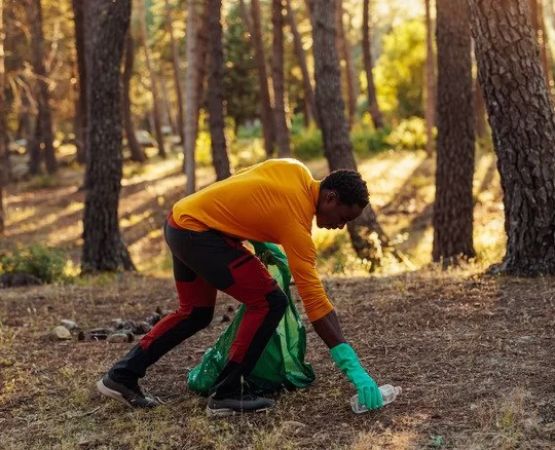How to Deal with Difficult Terrain While Camping
Camping in the great outdoors is one of the most fulfilling and exciting experiences you can have, but it’s not without its challenges. One of the biggest obstacles you might face is dealing with difficult terrain. From steep hills to rocky paths, muddy trails to dense forests, rough terrain can test your patience, skill, and stamina. In this article, I’m going to share with you some of the best strategies I’ve learned over the years for navigating tough camping ground and making the most of your outdoor adventure.
1. Prepare for the Terrain in Advance
One of the most important steps when dealing with difficult terrain is to plan ahead. You don’t want to find yourself stumbling through a rough patch of land without any knowledge of what’s ahead. Before heading out, I always make sure to check maps, guidebooks, and even online forums to get a feel for the trail or campsite. The more information I can gather, the better prepared I am.
For example, I once planned a hiking trip that would take me through a dense forest and over rocky ridges. By researching the terrain ahead of time, I learned that some of the trails were very narrow and steep, and that there might be areas where I’d have to climb or scramble over rocks. Armed with this knowledge, I was able to pack the right gear and make the necessary adjustments to my itinerary.
2. Pack Smart and Light
When you’re facing difficult terrain, every ounce of weight matters. One of the most crucial lessons I’ve learned is to pack smart. Overloading your backpack with unnecessary items can quickly become a liability, especially when you’re climbing or trekking across uneven ground.
For instance, on a recent camping trip through a mountainous area, I knew I’d be hiking for hours at a time. I made sure to pack only the essentials: lightweight gear, compact food options, and a small, durable shelter. I also carried a good pair of hiking boots, which are essential when navigating tough terrain. Having the right equipment is key, but it’s equally important to carry only what you absolutely need.
3. Choose the Right Shoes and Gear
Your footwear is perhaps the most important part of your camping gear when it comes to dealing with difficult terrain. I can’t stress enough how much a sturdy, well-fitting pair of boots can change the game. Whether you’re walking through slippery mud, crossing streams, or climbing rocky hills, the right shoes will give you the traction and support you need to keep going.
On one camping trip, I was caught in the middle of a rainstorm, and the trail became incredibly muddy and slippery. My boots, which had excellent grip and waterproof features, saved me from a number of near falls. I always recommend investing in high-quality shoes that are designed specifically for outdoor activities. Don’t overlook this vital piece of equipment.
4. Use Terrain to Your Advantage
When you’re in difficult terrain, it’s important to be able to read the land around you. Look for natural features, such as rock outcrops, trees, or even streams, that can help you navigate more effectively. I’ve learned that sometimes the most challenging terrain can be easier to deal with if you use the landscape to your advantage.
For example, on a trek through a desert, I found a series of low ridges that provided excellent cover from the scorching sun and allowed me to move through the area with less difficulty. Understanding how to use the terrain to your advantage can save you energy and keep you safer.
5. Master the Art of Navigation
Good navigation skills are absolutely essential when dealing with difficult terrain. It’s not always clear where the path lies, and it’s easy to become disoriented in thick forests or rocky landscapes. I always make sure to bring a reliable compass and map, and I’ve even started carrying a GPS device for backup in case my primary navigation tools fail.
But navigation is not just about tools; it’s about skills. I practice regularly to make sure I can read a map and use a compass without relying on technology. This knowledge has been a lifesaver in many situations, especially in areas where the trails are not well marked or visible. The more comfortable you are with your navigation skills, the less stress you’ll experience when faced with difficult terrain.
6. Learn How to Stay Safe in Tough Terrain
In my experience, safety is paramount when navigating difficult terrain. Some of the most challenging landscapes can also be the most dangerous. I’ve learned the hard way that it’s easy to take a wrong step and twist an ankle or fall. When hiking through tricky terrain, it’s essential to stay alert, take your time, and always stay aware of your surroundings.
For example, when I was hiking through a rocky gorge, I made sure to always keep three points of contact with the ground when climbing. Whether I was using my hands, feet, or body for support, this simple technique helped me stay stable and avoid any accidents. I’ve also found that taking regular breaks, drinking plenty of water, and making sure my gear is secure can go a long way in preventing problems later on.
7. Build a Supportive Camping Community
Camping with a group of friends or fellow adventurers can make dealing with tough terrain much easier. When I first started camping, I often went alone, but I quickly realized that having a group around me provided invaluable support. Whether it’s helping each other over rough ground, sharing resources, or simply offering encouragement, a good camping group can make all the difference.
On one particular camping trip, my friends and I encountered a particularly steep climb. With their help and encouragement, I was able to push through and make it to the top. The sense of camaraderie was incredibly rewarding, and it reminded me that outdoor adventures are often best enjoyed with others by your side.
8. Stay Calm and Adapt to Changing Conditions
Finally, one of the most important things I’ve learned when dealing with difficult terrain is to stay calm and be adaptable. The outdoors is unpredictable, and you’ll often encounter unexpected challenges. Whether it’s a sudden storm, a fallen tree blocking your path, or a difficult section of trail, the ability to stay calm and think critically will help you navigate through the tough spots.
I remember a time when I was deep in the wilderness, and I had to adjust my route after a sudden rainstorm turned the trail into a muddy mess. I took a deep breath, reassessed the situation, and found a safer path. Remaining calm allowed me to think clearly and adapt to the changing conditions. The ability to roll with the punches and adjust your plans can turn what seems like a difficult situation into a manageable one.







